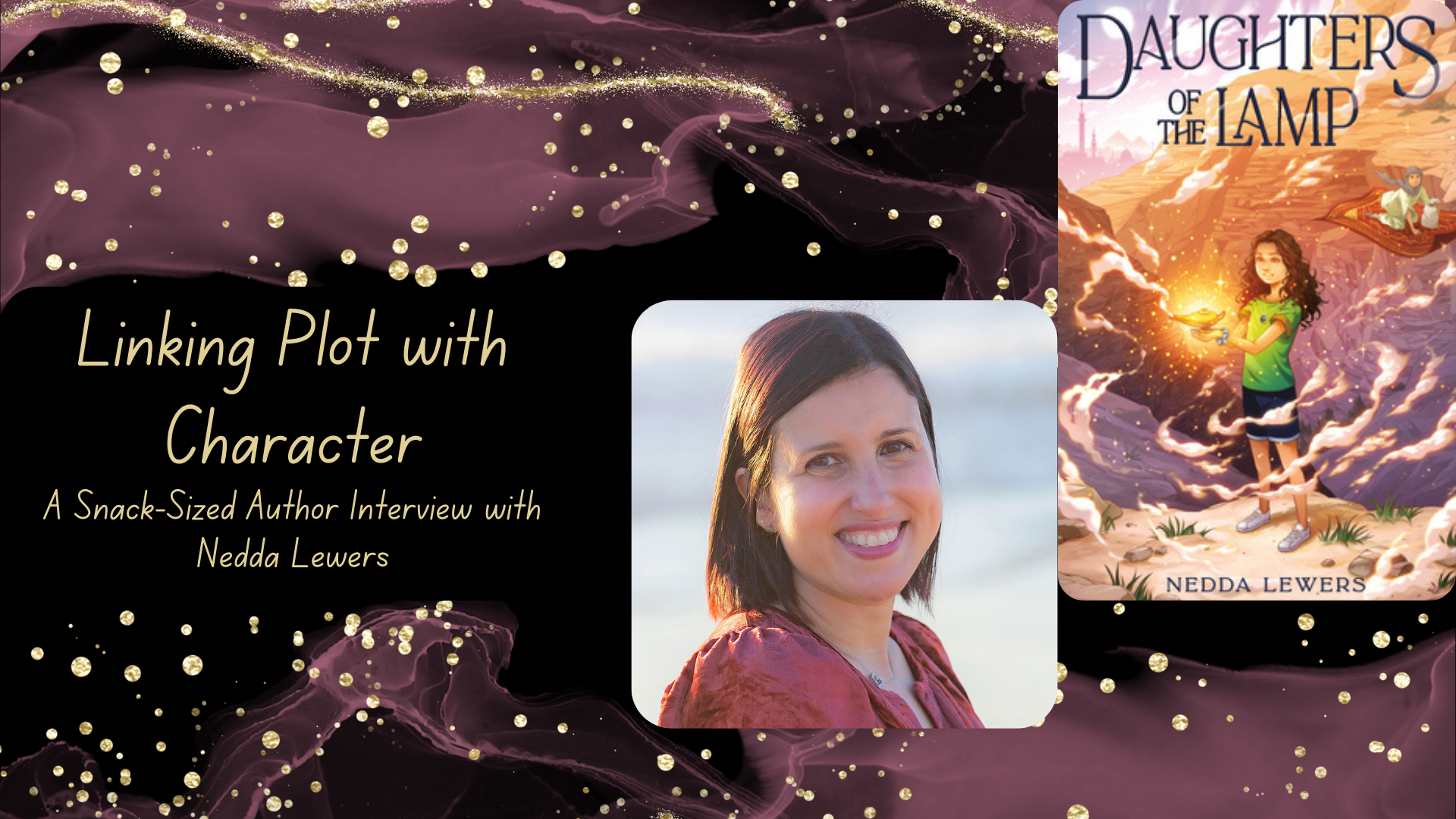Casey W. Robinson: Writing Stories with Heart
KidLit Craft is back with another Snack-Sized Author Interview. In this series, we ask authors five quick questions that give us insight into their craft and process. Today we’re talking with author Casey W. Robinson.
First, a celebration: Casey’s beautiful book Small Things Mended is a finalist for the SCBWI Golden Kite Awards, one of the few awards with a category for picture book text. I first met Casey in my Writing MG for Picture Book Authors class. I love Casey’s brain and her spirit. She’s constantly engaging her creative brain and letting her editorial brain take a backseat, then giving that editorial brain free rein in the perfect moments. She engages the world around her with a level of curiosity that’s too rare. I’m constantly inspired by her commitment to curiosity and creativity, qualities that shine through in her stories.
Welcome, Casey!
Question 1: What's your writing superpower?
Writing stories with heart.
Question 2: What’s an element of craft you explored in your latest project and what tips can you share with other authors for growing in their use of that particular element?
I’m currently working on a middle grade novel in verse, and I’m plotting for the first time. When I write picture books, I’m a pantser. But I think that’s in part because I’m very familiar and comfortable with the edges of picture books – how much real estate I have to work with (not much), how the pacing should feel, where and when page turns should come alive.
For this novel, I kept craving a sense of “edges” that I didn’t have, and that overwhelming feeling was keeping me from drafting. So I started collecting bits and pieces of the story that felt right, allowing my curious subconscious brain lots of room to roam. Characters and personalities, settling elements, plot elements, even seemingly unrelated themes. I used Scrivener to bucket them.
Eventually, I had enough puzzle pieces to start aligning possible scenes, looking at ways the pieces might make sense, putting my main character in the hot seat to find out what she’d do and why. This doesn’t sound like what I thought “plotting” would be, but it is! It’s just not linear.
This project has taught me not to rely too heavily on what I think my process is, but to lean more so into what this story needs me to do. Allowing playful experimentation in tiny bite-sized pieces has made the drafting process fun and has mitigated the intimidation of tackling a much longer project. And my very active subconscious brain has been happy and productive.
Question 3: If you could travel back in time, what advice would you give yourself as a new author?
Your writing takes the time it takes -- you don’t need to apologize for being a slow writer. Also, trust your sense of curiosity to lead you where you need to go.
Question 4: What inspires you as a writer?
I love hearing about creative craft and process from other people, particularly if that person is more experienced or in a different creative field than I am. It’s even better if I get a chance to ask questions one on one.
Conference keynotes are a good place to source these opportunities, but more often than not I find inspiring interactions through independent bookstore events – where creatives are already planning to talk about their process of creation and/or you get a chance to ask questions directly.
I recently got to hear author/illustrator Aaron Becker talk about his board book Winter Light, how he got the idea after looking at a stained-glass window in a church and wondering if and how he could recreate that in a book. He showed his dummies, talked about using his daughter’s watercolor paints and the kind of paper he cut up to see if he could recreate the feel of light filtering through a window. Getting a glimpse of someone else’s wondering and creating process fills me up and sparks my own creative flow, every single time.
Question 5: What’s one book you think every kidlit author should read?
I'm going to cheat a little and recommend two books. From a craft perspective, read The Creative Act: A Way of Being by Rick Rubin. I recommend the audiobook, in particular, because the content feels more like a series of short meditations than a traditional book, and because Rick Rubin’s voice is perfect for audio. I listened to it more than once, in snippets.
My other suggestion is to find a book you loved from your childhood, or a book that your kids loved when they were little, and re-read it. How does (or did) it make you feel? What was it about the language, the read aloud, the characters, the storyline that captivated you? I've noticed that I connect to these “old” heart stories differently than I do newer mentor texts. I think as writers for kids, we can put this kind of first-hand knowledge in our pockets and it can help our subconscious brains make smart editorial decisions when we’re drafting.
Bonus Question: What can fans look forward to next?
Another picture book coming Summer 2027. Announcement soon!
Casey W. Robinson grew up in Maine and used to keep a shoebox of favorite words and phrases under her bed. She now lives with her family just west of Boston, in a yellow house overflowing with books. When she’s not writing, Casey manages book events for her local indie bookseller. Her debut picture book, Iver and Ellsworth, was a finalist for the Crystal Kite Award and Pennsylvania Young Reader’s Choice Award. Her latest picture book, Small Things Mended, is a New England Book Award winner, a Golden Poppy Award finalist, a Kids’ Indie Next Pick, and is included on SLJ’s Best Picture Books 2024 list.
You can find her online on her website and on Instagram: @cwrobinson








